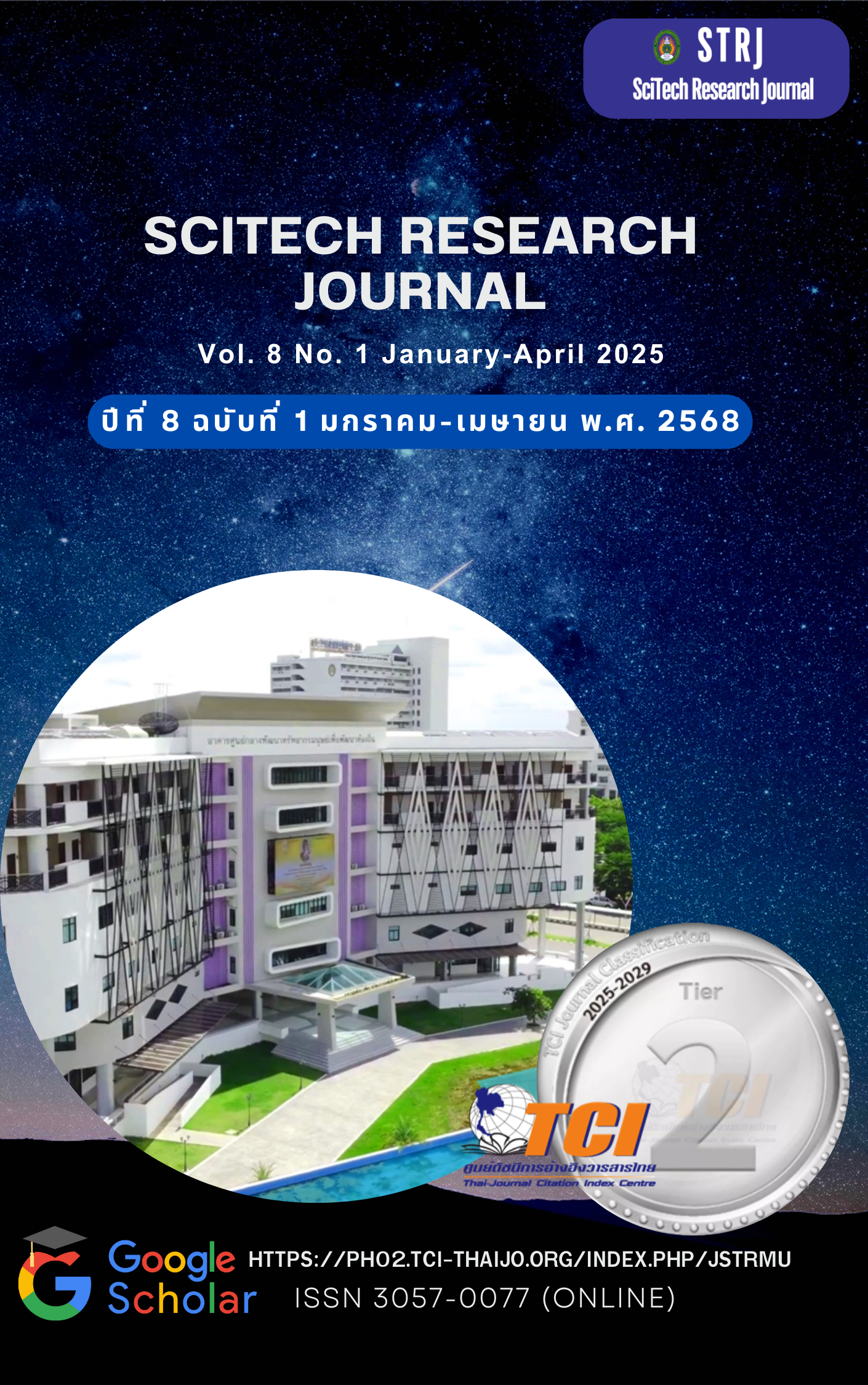Process Techniques to Increase Production Potential for Small Ceramic Factories in Lampang Province
Keywords:
Production process, Potential, Ceramic factory, Production, LampangAbstract
This research aims to increase production potential and find solutions to problems that occur in the production process in a small ceramic factory. The research began by defining the target group of small ceramic factories with 3-7 workers in Muang District and Mae Tha District, Lampang Province. Then designing data collection tools and field observations, followed by the process of going to the field to collect data and analyze the data, the following problems were found: The thickness of the products after casting and removing from the mold is uneven. The factory's slip casting has a flow rate that is too slow. Using 1 ton of clay to cast only a small number of products results in clay dripping points at the bottom of the product. The products after firing are abnormally damaged, such as breaking into pieces and cracking in long lines. There are many pinhole defects on the products after firing. When this information was known, a qualitative analysis was performed to identify factors affecting production efficiency and find solutions to the problems, leading to the design of techniques or guidelines for improving the development of production process techniques from the issues found. A plan for trial use of the improved techniques was developed, including: 1. Experimental planning activities with a sample group of factories with problems with slip casting water, and 2. Experimental planning activities with a sample group of factories with problems with kilns and firing. The entrepreneurs were given 3 months to develop themselves. The experimental results showed that the factory was able to cast quality products with reduced thickness and seams. The factory's original product thickness of 6.56 mm was reduced to 4.45 mm or 32.17 percent. As a result, 1 ton of clay increased the production of products by 30 percent. It reduced waste after firing caused by cracking by 30 percent of all products in the kiln, which is worth 33,750 baht per time. It reduced waste from defective spots after firing by 35 percent of all products in the kiln, which is worth 105,000 baht per time.
References
Chantana, W. & Trapsongwanboon, W. (2020). Improving the efficiency of ceramic production processes: A case study of factories in Samut Prakan Province. Journal of Management Science, 37(2), 58-83.
Hirunchatanan, T. (2021). Raw materials that are sources of ceramic industry. Bangkok: Odeon Advertising Company.
Kunyotying, T. et al. (2022). Local cultural capital management project to preserve value to enhance economic value of ceramics, Lampang Province (Research report). Lampang: Lampang Rajabhat University.
Phimkhaokham, P. (2004). Ceramics. (5thed). Bangkok: Chulalongkorn University.
Reed J.S. (1994). Principles of Ceramics Processing. (2nded). New York: A Wiley Interscience.
Saitan, A. & Ngampraphasom, P. (2014). Potential and management strategies of small ceramic factories to prepare for sustainable existence: A case study of Lampang Province. Research for Area Development, 6(3), 23-39.
Wattanasiriwet, D. & Wattanasiriwet, S. (2009). Analysis of minerals, glazes and defects in ceramic products. Bangkok: Chulalongkorn University.



